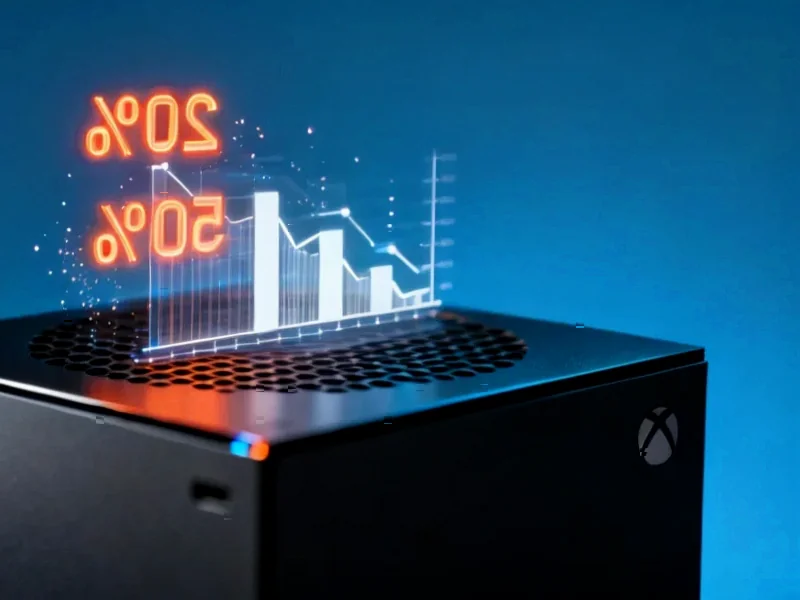According to PYMNTS.com, Uber and Toast announced a deepened integration partnership on November 4 that will deliver new tools for restaurants starting in the U.S. and Canada with planned expansion to Ireland and the U.K. The companies stated they will build new tools allowing Toast merchants to manage promotions and local advertising on Uber Eats directly from the Toast platform, with these features set to begin rolling out next year. The partnership builds on their collaboration that began in 2021 and expanded last year to include commission-free delivery from Uber Eats. This development comes as the restaurant industry faces significant staffing challenges, with National Restaurant Association data showing the industry remains down more than 220,000 jobs compared to pre-COVID levels. This strategic move represents a fundamental shift in restaurant technology architecture.
The Technical Architecture Behind Platform Convergence
The integration between Toast’s point-of-sale systems and Uber’s delivery network represents one of the most complex API challenges in the restaurant technology space. Unlike simple data sharing, this requires real-time synchronization between inventory management, pricing, order processing, and customer data across two distinct platforms with different data models and security protocols. The technical architecture likely involves bidirectional API gateways that must handle everything from menu updates to order status changes without creating data conflicts or synchronization delays. What makes this particularly challenging is that both systems need to maintain data sovereignty while appearing seamless to restaurant operators – a classic distributed systems problem that’s notoriously difficult to scale reliably.
Real-Time Data Synchronization at Scale
One of the most technically demanding aspects involves maintaining real-time inventory synchronization across potentially thousands of restaurants. When a customer orders through Uber Eats, the restaurant’s Toast POS system needs immediate inventory deduction to prevent overselling. This requires sub-second latency across what’s essentially a distributed database system. The companies will need to implement sophisticated conflict resolution protocols for scenarios where orders come in nearly simultaneously through different channels. Technical decisions around whether to use eventual consistency versus strong consistency models will directly impact restaurant operations and customer experience. Given that both companies process millions of transactions daily, the engineering teams face significant scalability challenges in ensuring the integration remains performant during peak ordering periods.
The Analytics Infrastructure Challenge
Enabling restaurants to “run and manage promotions and local advertising on Uber Eats directly from the Toast platform” requires building a unified analytics layer that can process data from both ecosystems. This isn’t just about API calls – it’s about creating a cohesive data architecture that normalizes different data schemas, attribution models, and performance metrics. Restaurants will need to see how Uber Eats promotions affect in-store sales and vice versa, requiring sophisticated cross-channel attribution that accounts for different customer behaviors and ordering patterns. The technical implementation likely involves creating a new data pipeline that can handle the volume and velocity of both platforms while providing actionable insights to restaurant operators in near real-time.
Security and Compliance in Cross-Platform Integration
This level of integration raises significant security and compliance considerations that extend beyond typical API security. Both companies must ensure that payment data, customer information, and business intelligence remain protected while flowing between systems. The technical implementation needs to account for different regulatory requirements across multiple jurisdictions – the U.S., Canada, U.K., and Ireland each have distinct data protection laws. Additionally, the integration creates new attack surfaces that bad actors could exploit, requiring sophisticated threat modeling and security monitoring that spans both platforms. The engineering teams will need to implement zero-trust architecture principles while maintaining the performance requirements of real-time restaurant operations.
Broader Market Implications of Platform Convergence
This partnership represents a significant moment in the restaurant technology ecosystem where previously siloed platforms are converging into integrated solutions. The technical success or failure of this integration will likely influence how other point-of-sale providers approach partnerships with delivery platforms. We’re seeing the emergence of what could become a de facto standard for restaurant platform interoperability, similar to how payment processors developed standardized integration patterns. The companies that solve these technical challenges effectively will gain significant competitive advantages, while those that struggle may find themselves locked out of the evolving restaurant technology landscape. This isn’t just about two companies partnering – it’s about defining the technical architecture for the next generation of restaurant operations.




